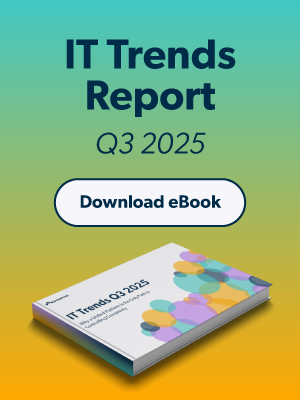Updated on September 29, 2025
A Tiered Administration Model is a security framework that segments administrative privileges into distinct tiers based on the criticality of the managed assets. It is a core principle of privileged access management (PAM) and is primarily used to prevent “lateral movement” by attackers. By strictly controlling which accounts can access which resources, it drastically reduces the risk of a low-level compromise leading to a full-scale breach of an organization’s most sensitive infrastructure. This model is a cornerstone of modern cybersecurity for environments, particularly those relying on Active Directory (AD).
Definition and Core Concepts
A Tiered Administration Model classifies all administrative accounts and the assets they manage into a hierarchy of security zones. The central principle is that an administrative account from a lower-security tier can never be used to manage or log on to an asset in a higher-security tier. This separation ensures that even if an attacker compromises a less-privileged account, they cannot leverage it to gain control over the most critical systems.
The three primary tiers are:
- Tier 0: This is the highest and most secure tier. It includes all “crown jewel” assets that have direct control over the entire enterprise identity infrastructure. A compromise here means a full domain takeover.
- Tier 1: This tier includes enterprise-level servers and applications that are critical to business operations but do not have direct control over the core identity infrastructure. Examples include application servers, database servers, and other member servers.
- Tier 2: This is the lowest tier, encompassing end-user workstations, laptops, and devices. It is the most common entry point for attackers and holds the least critical assets from a network-wide perspective.
How It Works
The model’s effectiveness lies in enforcing a “one-way” trust boundary.
Account Separation
Administrators are given separate, dedicated accounts for each tier they need to manage. An administrator who manages both servers and user workstations will have a Tier 1 account and a Tier 2 account, each with its own unique credentials.
Access Restrictions
Strict technical controls are implemented, often using Group Policy Objects (GPOs) and Authentication Policy Silos, to enforce the tier boundaries. These policies deny logon and access attempts from lower-tier accounts to higher-tier assets. For example, a GPO would deny a Tier 1 account from logging on to a Tier 0 domain controller.
Privileged Access Workstations (PAWs)
To further secure Tier 0 accounts, they are only used on highly-hardened, dedicated workstations known as Privileged Access Workstations (PAWs). These machines are built to be extremely secure and are not used for daily tasks like email or web browsing, eliminating the risk of malware or credential theft.
Least Privilege
All administrative accounts are assigned permissions based on the principle of least privilege. This ensures they only have the minimum rights necessary to perform their designated tasks within their respective tier.
Key Features and Components
Logical Segmentation
The model creates logical security boundaries without requiring a full physical network overhaul.
Lateral Movement Containment
It directly counters common attack techniques like “pass-the-hash” and credential theft. It ensures that credentials compromised on a low-tier machine cannot be used to move to a higher-tier system.
Reduced Attack Surface
By preventing privileged accounts from being used on untrusted systems, it significantly reduces the number of places where valuable credentials can be exposed.
Auditable Control
The strict boundaries make it easier to audit and monitor for unauthorized access attempts between tiers, providing a clear audit trail.
Use Cases and Applications
The Tiered Administration Model is a foundational security strategy for any organization that uses an on-premises or hybrid Active Directory environment. It is a critical component of security frameworks recommended by Microsoft. Organizations of all sizes adopt it to protect their most sensitive data and systems from both external attackers and insider threats.
Advantages and Trade-offs
Advantages
The model dramatically improves an organization’s security posture against privilege escalation and lateral movement. It simplifies security governance, reduces administrative overhead from managing complex permissions, and enhances overall accountability.
Trade-offs
Implementation can be complex and time-consuming, especially in large, legacy environments. It requires significant changes to administrative workflows and can face resistance from IT staff accustomed to having broad access. The model also requires ongoing maintenance to ensure new assets and accounts are properly categorized and secured.
Key Terms Appendix
- Lateral Movement: This is a technique attackers use to move from one system to another within a network after an initial breach. They typically do this to find more valuable assets or gain higher privileges.
- Privileged Access Management (PAM): This is a comprehensive cybersecurity strategy and set of tools. It manages, controls, and monitors privileged accounts to prevent their misuse.
- Privileged Access Workstation (PAW): A PAW is a highly secured, dedicated computer. It is used exclusively for privileged administrative tasks.
- Group Policy Objects (GPOs): GPOs are a feature of Active Directory. They control the working environment of user accounts and computer accounts by defining policies and rules.
- Least Privilege: This security principle states that an administrator should only receive the minimum level of access needed to do their job.



